The emergence of glamping as a trend in the travel and hospitality industry has brought with it a wave of interest from entrepreneurs and landowners looking to tap into the market. However, the path to opening a glamping site is not as straightforward as pitching a tent in a picturesque location. One of the key hurdles to navigate is the acquisition of planning permission, a legal requirement that ensures land is used responsibly and in accordance with local regulations. This guide seeks to illuminate the complexities surrounding planning permissions for glamping tents, offering clarity and direction to prospective glamping site operators.
Glamping, short for 'glamorous camping', has redefined outdoor accommodation, offering a luxurious alternative to traditional camping. As this trend continues to gain popularity, many are inspired to establish their own glamping sites. However, the question of whether planning permission is required for glamping tents looms large, presenting a potential obstacle to realising this vision. Understanding the intricacies of planning permission is crucial for anyone considering setting up a glamping site.
What is Planning Permission?
Planning permission is a legal mechanism used by local authorities to regulate the development and use of land in their jurisdiction. It ensures that any construction or change in land use is in line with strategic planning policies, environmental regulations, and community interests. For glamping site operators, this means that before erecting tents or other structures, they must seek approval from their local planning authority.
When is Planning Permission Required for Glamping Tents?
The requirement for planning permission hinges on several factors, including the size and permanence of the glamping tents, the environmental impact of the development, and the specific zoning laws of the area. Typically, if the tents are intended to be a permanent or semi-permanent fixture, or if their installation involves significant alteration to the land, planning permission will likely be necessary.
The Planning Permission Process
Navigating the planning permission process can be daunting. This part of the guide outlines the essential steps involved, from seeking pre-application advice to submitting a comprehensive application. Key elements of the application, such as site plans, environmental impact assessments, and details of the proposed development, are discussed, providing readers with a clear understanding of how to proceed.
Exemptions and Considerations
There are instances where glamping tents may be exempt from planning permission requirements, particularly if they fall under the category of temporary structures or are used seasonally. However, exemptions are subject to specific criteria and local policies. Please check your local government policies to learn if these exemptions apply to your specific situation
Tips for a Successful Planning Permission Application
Securing planning permission is indeed a pivotal step in the journey to establishing a glamping site. Navigating this process successfully requires a strategic approach, informed by a deep understanding of local planning policies and a commitment to engaging positively with the community and planning authorities. Here are some detailed tips for making a successful planning permission application:
1. Research and Understand Local Planning Policies: Before drafting your application, spend time researching the local planning policies that apply to your area. Each local authority will have a Local Development Plan (LDP) or equivalent, which outlines the policies and guidelines for development within their jurisdiction. Understanding these policies will help you align your proposal with local planning objectives, increasing the likelihood of approval.
2. Engage with the Community Early On: Community engagement is crucial in the planning permission process. Early and transparent communication with potential neighbors and the wider community about your plans can preempt objections and garner support. Consider holding a public meeting or creating a presentation to explain your vision, how you plan to minimise any negative impacts, and the benefits your glamping site could bring to the local area.
3. Seek Pre-Application Advice: Many local planning authorities offer a pre-application advice service. Utilising this service can provide valuable insights into how your application is likely to be received, any potential stumbling blocks, and advice on how to strengthen your proposal. This step can save time and resources by ensuring your application is as robust as possible before formal submission.
4. Prepare a Comprehensive and Well-Considered Proposal: Your planning permission application should be thorough and well-prepared. This includes detailed site plans, environmental impact assessments (if applicable), and a clear description of your project and how it aligns with local planning policies. Be sure to address how you will manage traffic, noise, waste, and any potential impacts on wildlife and the local environment.
5. Highlight the Benefits of Your Glamping Site: Emphasise the positive aspects of your glamping site, such as its potential to boost local tourism, create jobs, and contribute to the local economy. If your site promotes sustainability or enhances the natural environment, make these points prominent in your application.
6. Address Potential Concerns Proactively: Anticipate any potential concerns the planning authority or community may have about your glamping site, such as noise pollution, visual impact, or increased traffic. Outline the measures you will take to mitigate these concerns, demonstrating your commitment to being a responsible and considerate operator.
7. Consult with Experts: Consider hiring experts, such as planning consultants, architects, or environmental specialists, to help prepare your application. Their expertise can be invaluable in navigating the complexities of the planning process and ensuring your application meets all necessary criteria.
8. Stay Patient and Persistent: The planning permission process can be lengthy and, at times, frustrating. It's important to stay patient, maintain open lines of communication with the planning authority, and be prepared to adapt your plans in response to feedback.
By following these detailed tips, prospective glamping site operators can significantly improve their chances of securing planning permission. A successful application not only clears the way for your glamping venture but also lays the foundation for a positive, long-term relationship with the local community and authorities.
The journey to opening a glamping site is fraught with regulatory hurdles, with planning permission standing out as a significant challenge. However, with a thorough understanding of the requirements and a strategic approach to the application process, prospective operators can navigate these complexities successfully. This guide underscores the importance of compliance and due diligence, encouraging those embarking on this venture to proceed with informed confidence.
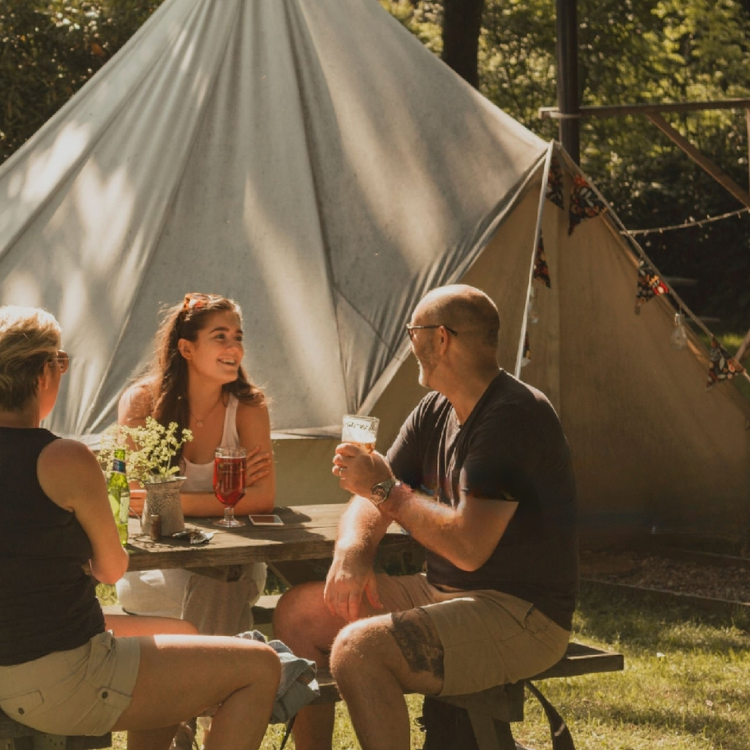


 Canvas Bell Tents
Canvas Bell Tents Bell Tent Accessories
Bell Tent Accessories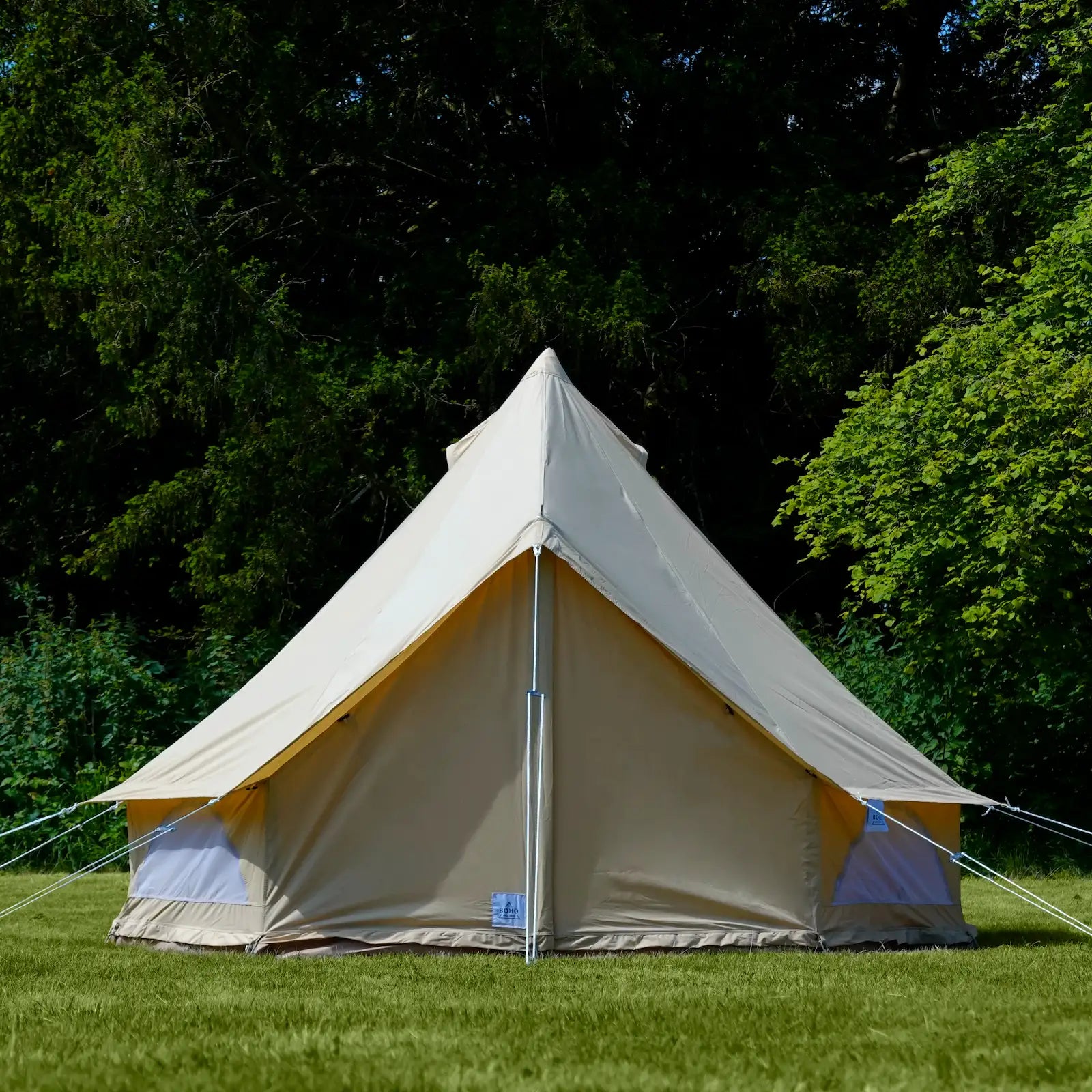

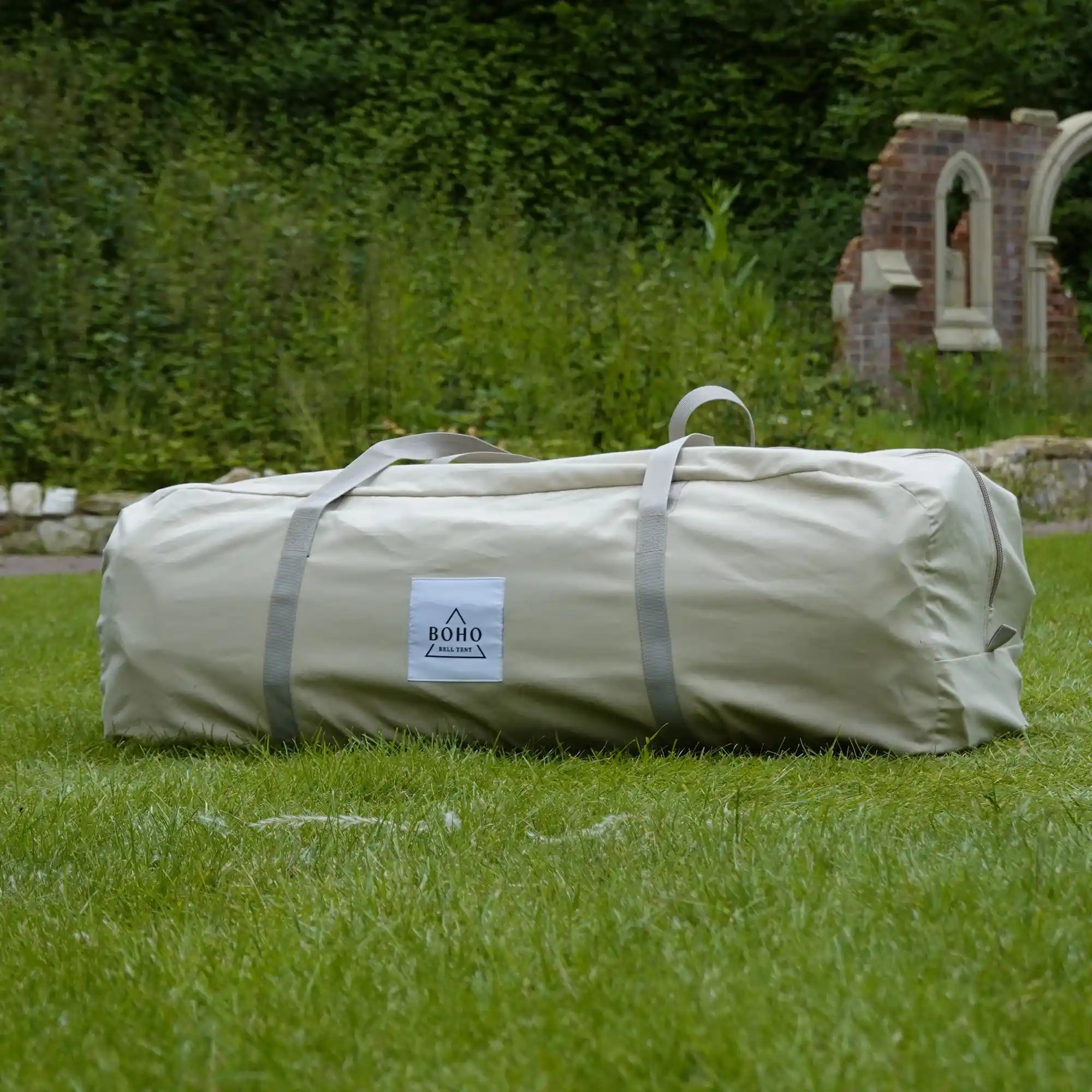
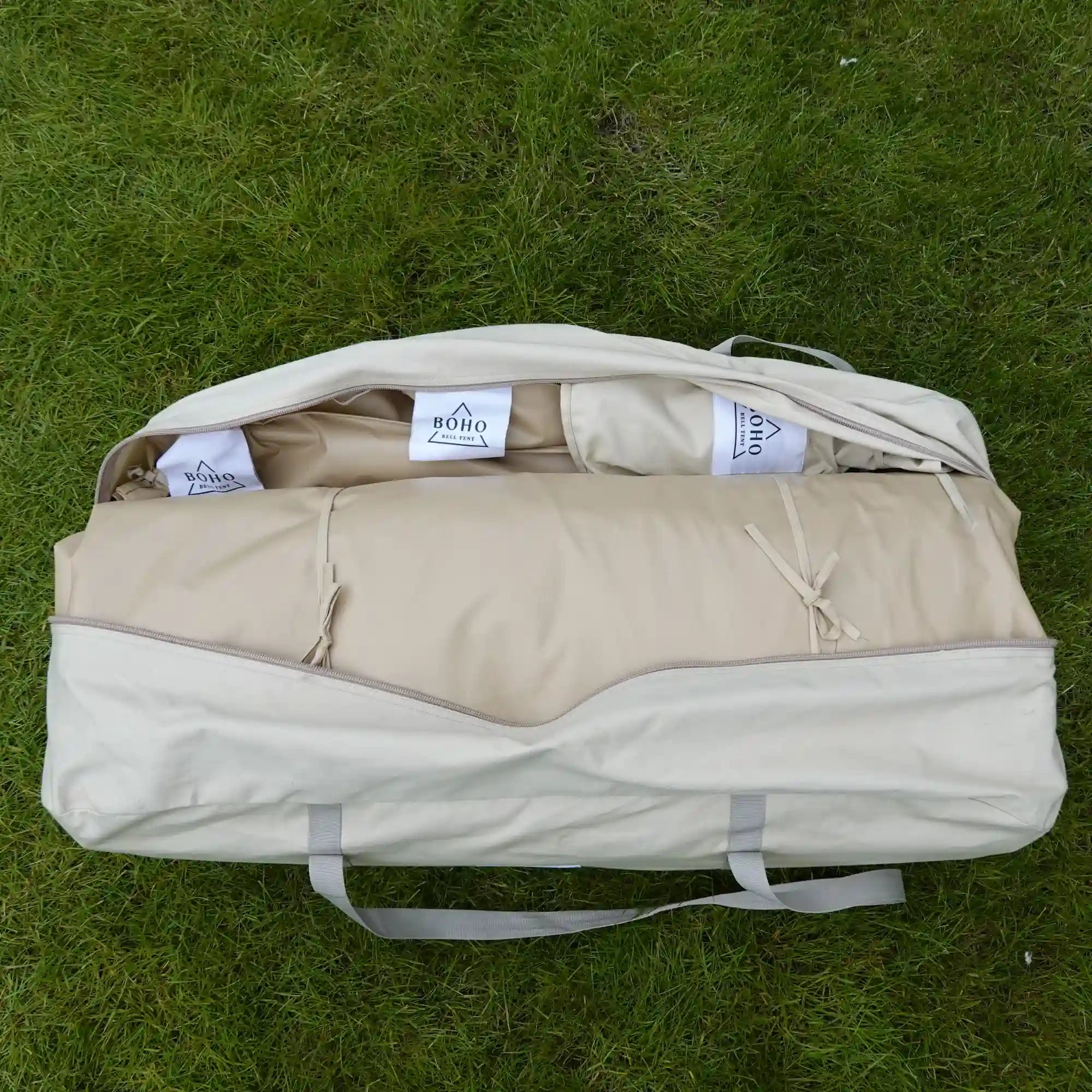
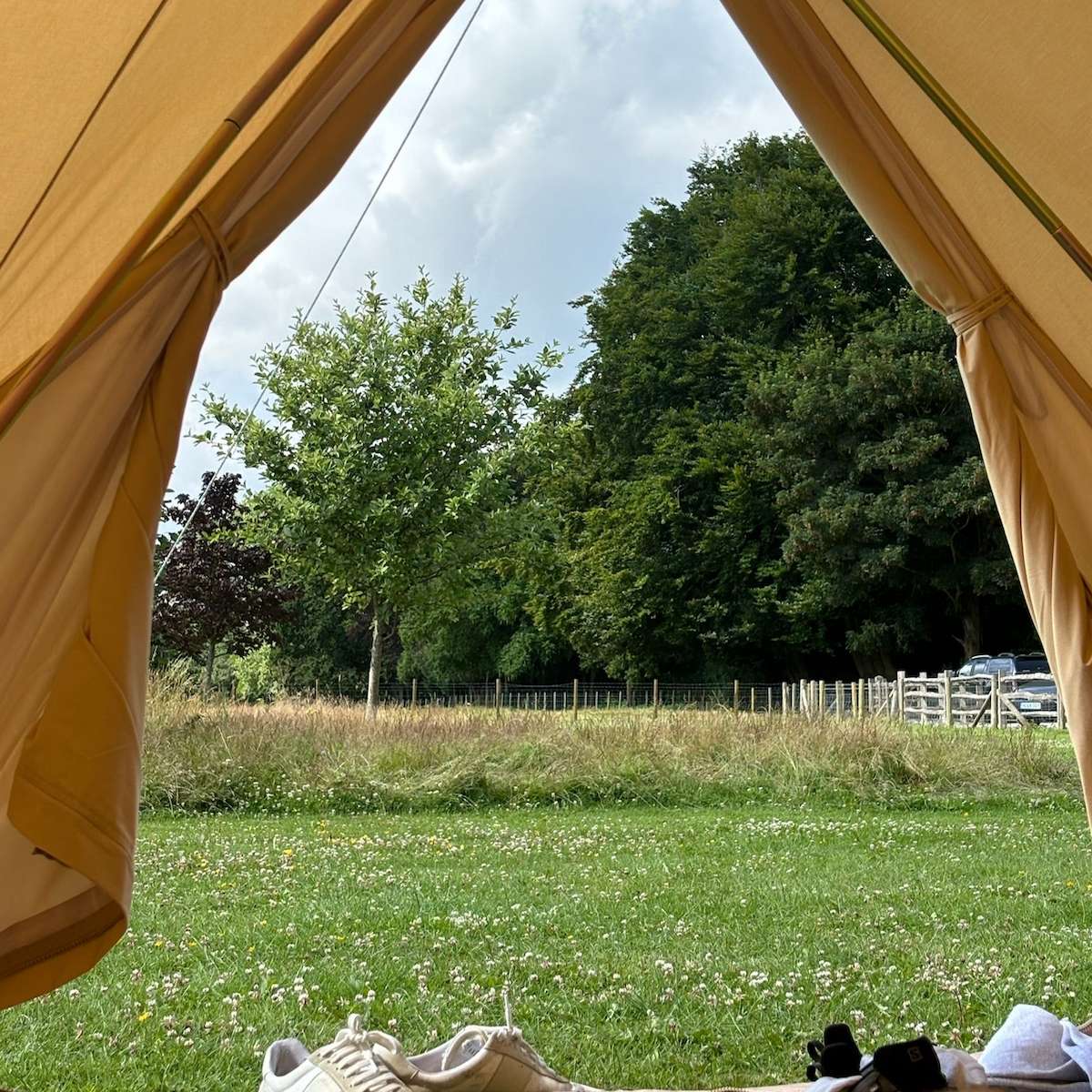
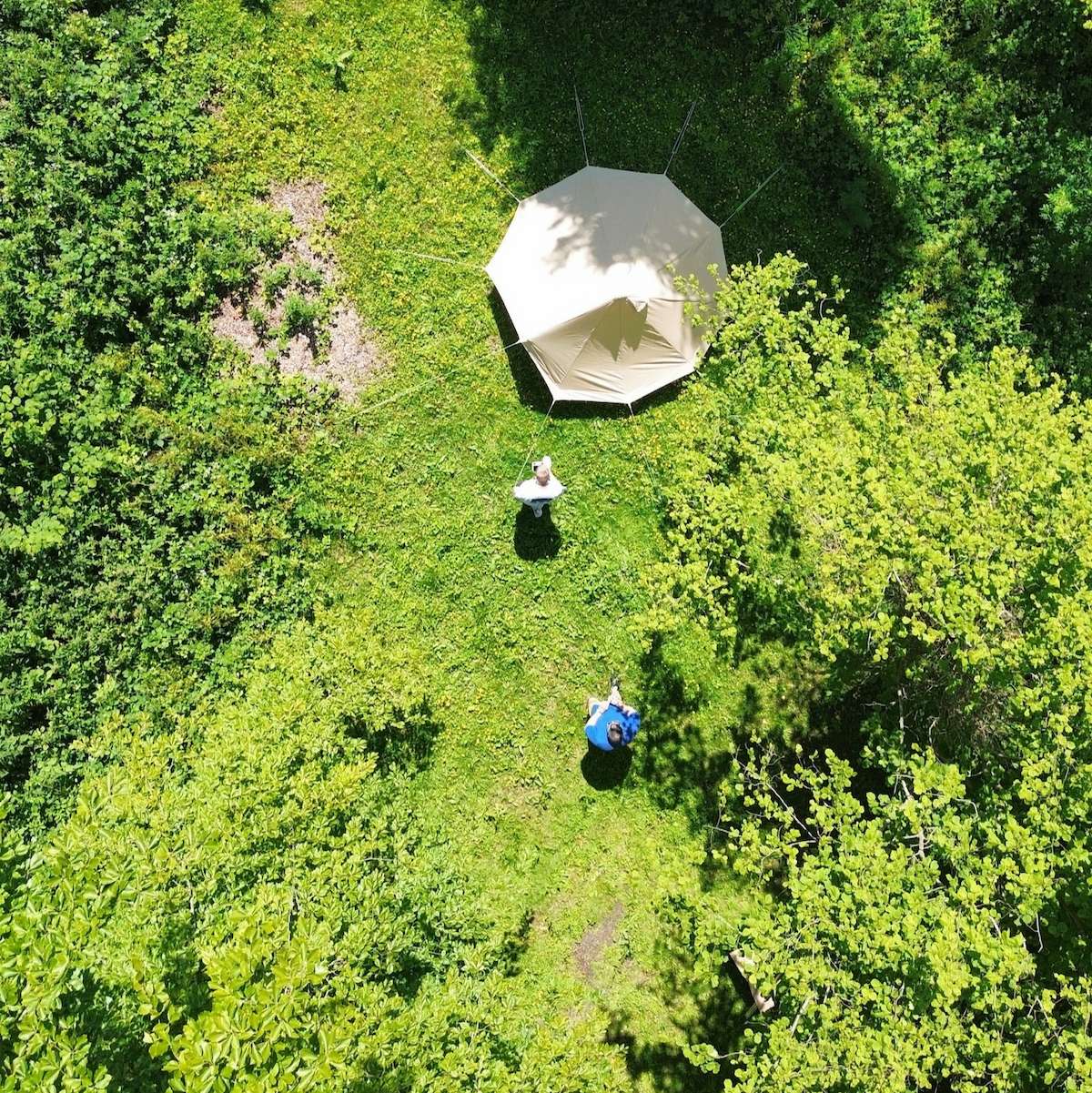


At Boho Bell Tent, we’ve helped hundreds of customers find the perfect setup for festivals, weddings, and off-grid escapes. So if you need any help at all, be sure to reach out!
Share:
Guide to Glamping Tent Toilet Solutions
What are Canvas Bell Tents made of?